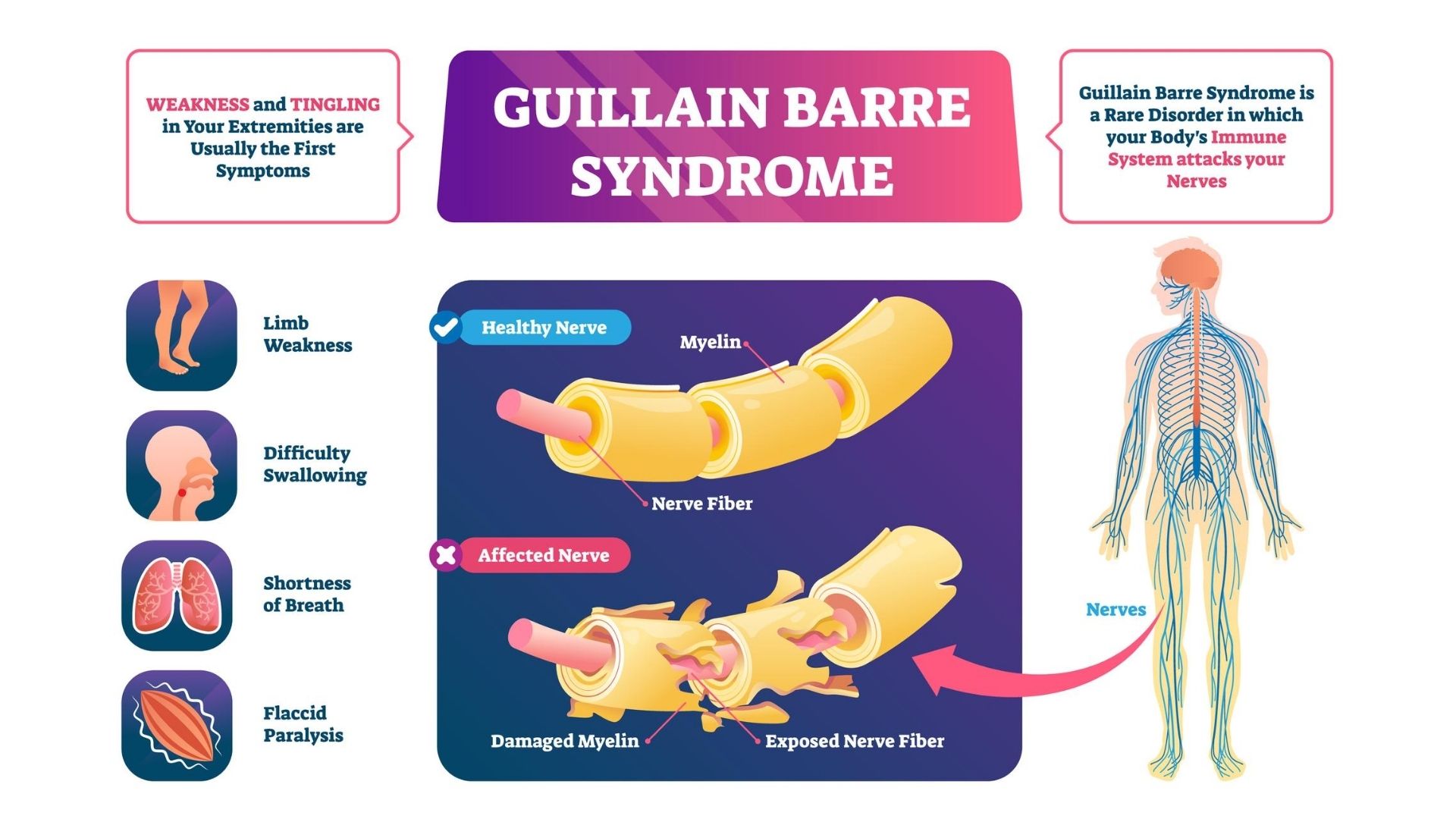Tai Chi Health Benefits: Enhancing Both Mind and Body
What is Tai Chi?
Tai chi, also known as tai chi chuan, is an ancient Chinese practice that was originally created as a martial art for self-defense. Over time, it has transformed into a graceful and meditative exercise that focuses on improving health and reducing stress. Characterized by its slow, flowing movements and controlled breathing, tai chi is often referred to as “meditation in motion.” It promotes a sense of calm and balance, benefiting both the body and the mind.
How Does Tai Chi Work?
Tai chi involves a series of movements that are performed in a continuous, flowing sequence. These movements are slow, deliberate, and precise, allowing practitioners to maintain control of their bodies while fostering mindfulness and relaxation. Tai chi is a non-impact exercise, meaning it places minimal strain on the joints, making it suitable for individuals of all ages and fitness levels. The practice also emphasizes deep breathing, which further enhances relaxation and mental clarity.
The movements in tai chi are designed to be smooth and coordinated, and each posture seamlessly flows into the next, creating a rhythmic, almost meditative effect. As practitioners move through each posture, they are encouraged to focus on their body’s sensations, aligning movement with breath and cultivating internal awareness.
Why is Tai Chi Effective?
Tai chi’s effectiveness lies in its combination of physical exercise, mindfulness, and breathwork. This holistic approach has been shown to provide numerous physical and mental health benefits. Below are some reasons why tai chi is particularly effective for enhancing health:
- Stress Relief:
The slow and deliberate nature of tai chi helps activate the body’s parasympathetic nervous system, which is responsible for relaxation. By promoting a sense of calm and reducing the body’s stress response, tai chi helps lower overall stress levels. - Improved Balance and Coordination:
One of the key benefits of tai chi is its ability to enhance balance. The slow movements encourage stability and coordination, which is especially beneficial for older adults and those recovering from injury. By improving balance, tai chi can help reduce the risk of falls. - Better Flexibility and Strength:
Tai chi engages muscles throughout the body, improving flexibility and strength. The movements gently stretch and tone muscles without overexerting them, making it an excellent exercise for those looking to improve physical fitness without intense strain. - Mental Clarity and Focus:
The calming nature of tai chi aids in clearing mental clutter and enhancing concentration. Regular practice can enhance mental clarity, sharpen concentration, and reduce feelings of anxiety or overwhelm. - Joint and Muscle Health:
As a low-impact exercise, tai chi is ideal for individuals with joint pain, arthritis, or other musculoskeletal conditions. The gentle movements help maintain joint flexibility and reduce muscle tension. - Cardiovascular Health:
While tai chi movements are slow, the continuous nature of the practice provides a cardiovascular workout. This can help improve heart health, increase circulation, and boost overall cardiovascular fitness.
Who Can Practice Tai Chi?
One of the great things about tai chi is that it is accessible to people of all ages and fitness levels. Its low-impact nature makes it particularly well-suited for:
- Older Adults:
Tai chi is widely practiced by seniors because it promotes balance, flexibility, and strength without placing undue stress on the body. Tai chi can also reduce the risk of falls and enhance overall movement flexibility. - People with Limited Mobility or Health Conditions:
Tai chi can be adapted for people with various health conditions, such as arthritis, chronic pain, or limited range of motion. The slow movements and focus on gentle stretching make it a safe form of exercise for those with physical limitations. - Pregnant Women and Those with Specific Health Concerns:
As with any form of exercise, individuals who are pregnant or have specific health concerns should consult with a healthcare provider before starting tai chi. In some cases, modifications may be needed to ensure safety.
Who Created Tai Chi?
Tai chi’s origins can be traced back to ancient China, where it was developed as a martial art. The practice is traditionally attributed to the Taoist monk Zhang Sanfeng, who is said to have created the form during the 12th century. While the exact historical details of tai chi’s creation remain somewhat unclear, it is widely accepted that the practice was influenced by Taoist philosophy, which emphasizes balance, harmony, and the flow of energy (Qi) within the body.
The practice of tai chi as a martial art was further refined and systematized by the Chen family in the 16th century. The “Chen style” became one of the earliest and most influential forms of tai chi, and it laid the foundation for the various styles that followed.
Different Styles of Tai Chi
There are several different styles of tai chi, each with its own unique characteristics and focus. Some of the most popular styles include:
- Chen Style: The original style of tai chi, known for its combination of slow, flowing movements and faster, more explosive actions. It emphasizes martial applications alongside health benefits.
- Yang Style: This is the most widely practiced style of tai chi and is characterized by its large, sweeping movements. Yang tai chi focuses on health maintenance, relaxation, and stress relief.
- Wu Style: Known for its smaller, more compact movements, Wu style emphasizes balance, internal energy (Qi), and the cultivation of calmness and relaxation.
- Sun Style: Combining elements of tai chi with other martial arts, Sun style features lively steps and rapid transitions. It is particularly recommended for those with limited mobility due to its focus on agility and movement.
What Are the Benefits of Tai Chi?
The physical, mental, and emotional benefits of tai chi are numerous and well-documented. Some of the most notable advantages include:
- Reduction in Stress:
Tai chi’s slow, meditative movements help activate the relaxation response in the body, leading to reduced stress levels and greater peace of mind. - Pain Management:
Tai chi can be an effective method of managing chronic pain, especially for conditions like arthritis or back pain. The gentle movements improve joint flexibility and reduce muscle stiffness, which can alleviate discomfort. - Better Sleep:
Regular practice of tai chi has been shown to improve sleep quality, helping individuals fall asleep faster and stay asleep longer. The relaxation achieved through tai chi promotes a deeper and more restful sleep. - Improved Mental Focus:
By focusing on the body’s movements and breathing, tai chi helps sharpen concentration and improve mental clarity. This enhanced focus can carry over into daily activities and tasks. - Overall Health Improvement:
Tai chi strengthens the cardiovascular system, improves joint health, enhances flexibility, and boosts the immune system. Practicing tai chi regularly can improve overall health and vitality.
Leonard Keeler-The Man Behind the Lie Detector | Maya
Final Words
Tai chi is much more than just a form of exercise; it is a holistic practice that enhances both physical and mental well-being. With its focus on slow, mindful movements and deep breathing, tai chi provides a wealth of health benefits, from stress reduction and improved balance to enhanced flexibility and strength. Whether you’re looking to relieve stress, improve your fitness, or maintain a sense of calm, tai chi offers a gentle yet powerful path to better health. Its low-impact nature makes it accessible to people of all ages, making it an ideal practice for anyone looking to improve their overall quality of life.



:upscale()/2020/09/14/929/n/24155406/2cdd8efc5f5fde3b14a333.91727015_.jpg)

Our platform makes available various medical products for home delivery.
Users can easily access needed prescriptions with just a few clicks.
Our range includes everyday drugs and more specific prescriptions.
Each item is supplied through reliable distributors.
cenforce 200 mg india price
We maintain discreet service, with private checkout and timely service.
Whether you’re treating a cold, you’ll find trusted options here.
Visit the store today and experience reliable access to medicine.
This website provides a large selection of medications for ordering online.
Users can quickly get essential medicines from anywhere.
Our range includes popular solutions and more specific prescriptions.
All products is supplied through verified pharmacies.
suhagra online
We maintain quality and care, with private checkout and prompt delivery.
Whether you’re looking for daily supplements, you’ll find trusted options here.
Explore our selection today and enjoy convenient healthcare delivery.